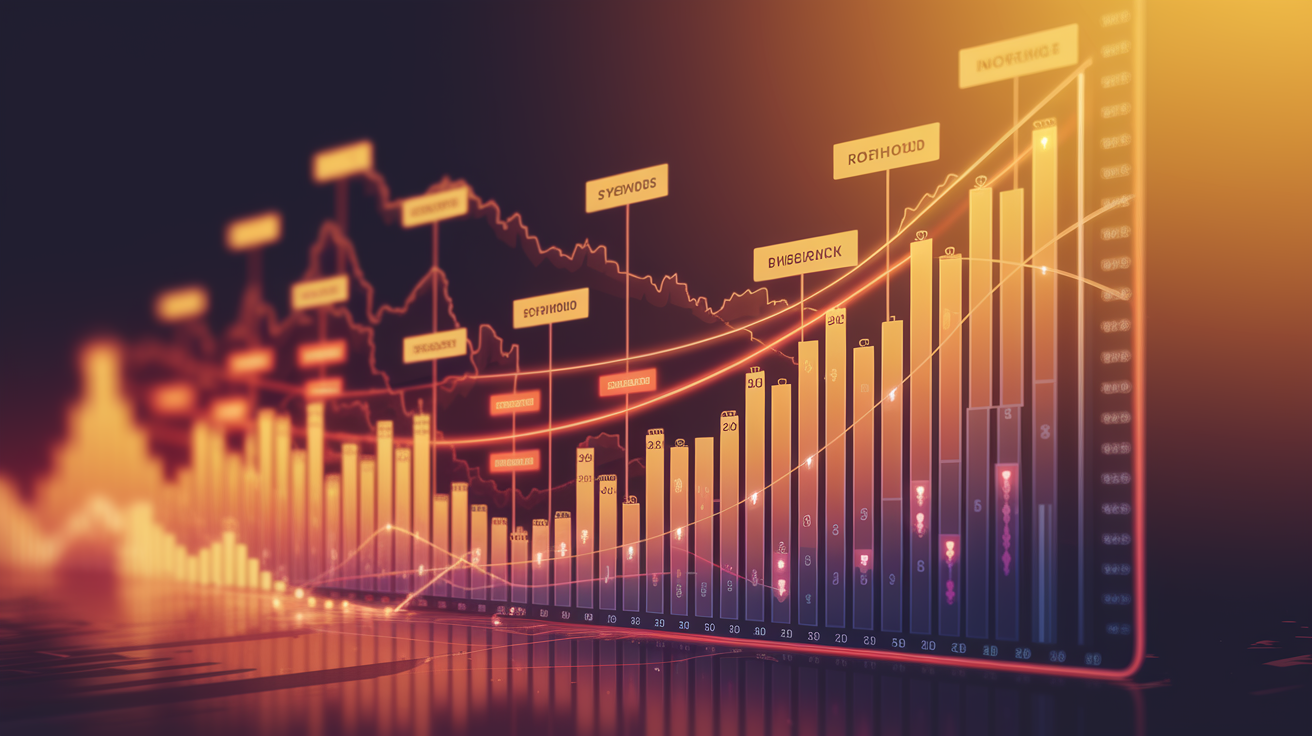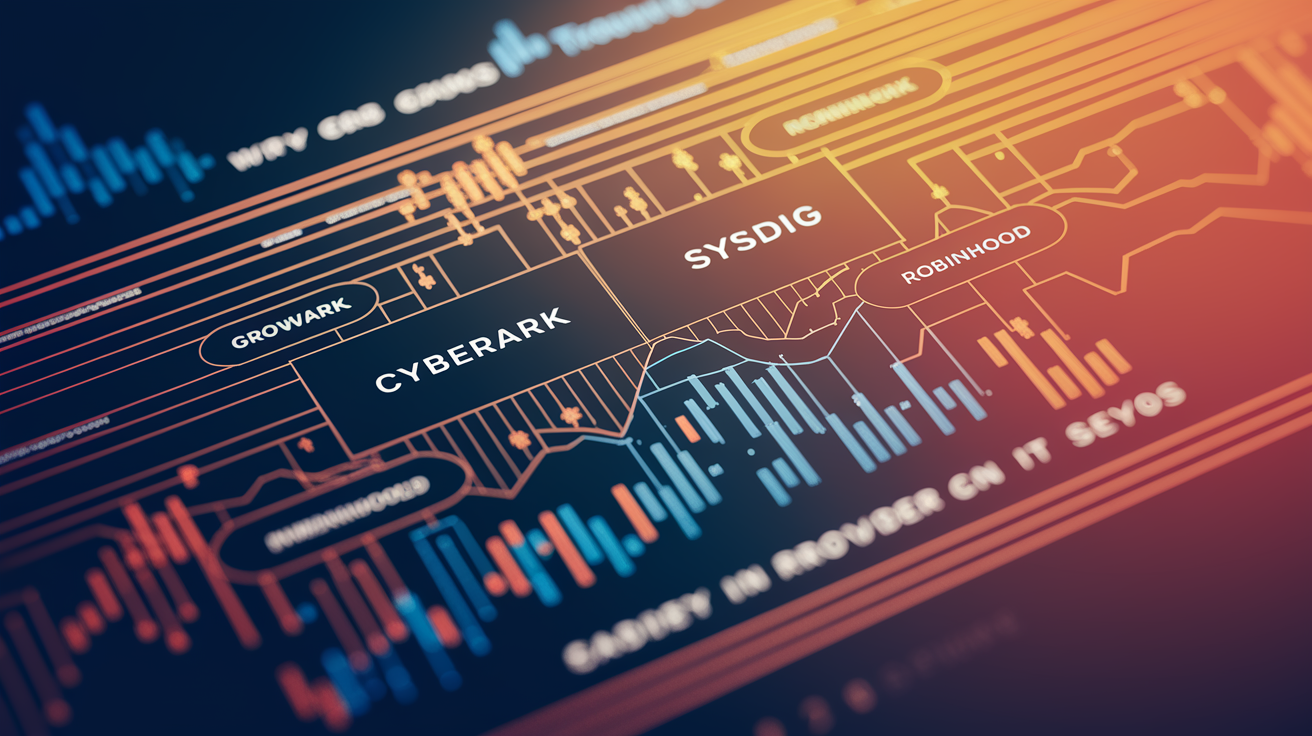In today’s digital arena, cybersecurity companies and traditional IT service providers play a crucial role. While cybersecurity firms benefit from the growing demand for digital protection measures, traditional IT service providers struggle to find their place in the digital transformation. This article highlights the differing growth rates of these two sectors and analyzes the technological factors driving their development. Both chapters provide a comprehensive overview of market dynamics and offer investors valuable insights into the future of these industries.
Growth Balance: Cybersecurity Companies vs. Traditional IT Providers

In a digital era characterized by both innovation and security threats, cybersecurity companies and traditional IT service providers face completely different growth conditions. While cybersecurity companies boast impressive growth rates driven by rapidly expanding demand for protection solutions, traditional IT service providers struggle to maintain their place in a rapidly changing market.
Cybersecurity firms benefit from several key factors explaining their impressive growth: Increased threats in the digital environment are one of the main drivers. The exponential rise in cyberattacks forces companies to invest heavily in security solutions. Practically every day new attack schemes emerge, further increasing the need for advanced detection and defense measures. Additionally, technological innovations fuel growth. With the integration of artificial intelligence and machine learning into security products, threats can be proactively detected and neutralized more quickly, a key element that cybersecurity companies like CyberArk, Check Point, and Sysdig leverage to compete with established rivals.
In contrast, traditional IT service providers are under pressure from market saturation and disruptive technologies. Existing technologies are widespread, and the market is saturated. Even large players like Okta and Robinhood must find creative ways to overcome growth barriers. However, through strategic partnerships and expanding their offerings to include cloud-based services and financial products, they still manage to achieve solid growth. Okta recently drew attention by surpassing $1 billion in revenue in the AWS marketplace. Similarly, Robinhood’s pivot from a trading app to a wide range of financial services shows similar examples.
A comparison of growth rates between the two sectors highlights the disparity: cybersecurity companies, at the forefront of innovation and responding to market needs, record greater increases. Sysdig, for example, reported 337% growth, while CyberArk achieved 51% organic growth in the fourth quarter of 2024. This dynamic emphasizes how much the sector is benefiting from the growing priority of security issues, while traditional IT service providers must make adjustments to adapt to evolving technologies and customer demands to stay competitive.
The prevailing knowledge that cybersecurity is becoming an increasingly essential component of the market reinforces the idea that cybersecurity companies are the big winners. However, the race is not yet decided; traditional IT service providers have always had to adapt and may once again find ways to transform challenges into opportunities.
Technological Factors Behind the Growth of Cybersecurity Companies Compared to Traditional IT Providers

Cybersecurity companies are currently experiencing a remarkable growth phase, which is primarily driven by technological advancements and the continuously evolving threat landscape. Their ability to respond quickly to these changes and implement technologies that provide proactive security is at the core of their success.
Artificial intelligence (AI) has proven to be a crucial technological factor that gives cybersecurity companies an advantage. Companies like Check Point Software Technologies integrate AI to enhance the efficiency and accuracy of their security solutions. These AI-driven systems quickly detect threat patterns and allow for countering attacks before they cause damage.
Another crucial factor is the use of cloud-based security solutions, which offer scalability and flexibility. In a constantly changing digital world, these solutions allow companies like CyberArk to respond rapidly to changing needs and provide their clients with enhanced protection at all times. These solutions are particularly advantageous in regions with strict regulatory requirements, as they ensure data protection and compliance.
Edge computing and AI inference are also key factors in the technological arsenal of cybersecurity companies. These technologies support real-time data processing in on-site devices, which is particularly crucial for the Internet of Things (IoT). Cloudflare is an example of a company using these technologies to offer a fast and efficient security solution that exceeds customer expectations.
In contrast, traditional IT service providers face greater challenges. Their focus is often on maintaining and managing existing infrastructures, which entails additional costs and complexities. These companies are less able to provide the scalable and flexible solutions required in today’s fast-paced and security-conscious world.
Although traditional IT service providers also implement security measures, they often lack the specific expertise and flexibility needed to address modern threats. Many of these providers focus on a wide range of services, thereby limiting their ability to develop specialized security solutions and respond promptly to new threats.
In summary, it can be asserted that cybersecurity companies show a clear growth dynamic compared to traditional IT service providers due to the integration of innovative technologies like AI and cloud computing and their ability to adapt to new threats. These technological factors are crucial for the impressive growth rates these companies are currently experiencing.